NEXT
Next generation sequencing core
NEXT is a modern NGS core facility, consisting of a Laboratory, which allows high throughput, low cost, production-scale sequencing experiments, combined with a data-intensive computational infrastructure (8000+ cores HPC Cluster with 4PB storage). An infrastructure, unique in Italy, designed to provides specialized capabilities for tracking all-data procedures and biodata provenance, managing complex analysis workflows and results.
NEXT has recently acquired new instruments, including Illumina‘s most advanced sequencer, the NovaSeq X Plus.

For any information write to next@crs4.it, or fill the form below:
Services on NovaSeq X Plus
library preparation + sequencing + bioinformatics analisys + storage
RNA Seq
(~ 100 M Paired-end Reads)
- TruSeq Stranded Total RNA Library Prep Gold
- Illumina Stranded Total RNA Prep, Ligation with Ribo-Zero Plus
- TruSeq Stranded mRNA Library Prep
- Illumina Stranded mRNA Prep, Ligation
miRNA Seq
(~10 M Single Reads)
- QIAseq miRNA Library Kit
- UDI
- UMI
Whole Genome Sequencing
Human | Animal | Plant | Microbial
WGS (~ 120 Gb = Coverage 30X)
- Illumina DNA LP (M) Tagmentation
- KAPA HyperPlus kit
- IDT UD Index
- The Library Preparation protocols can be tailored according to the specific requirements.
Whole Exome Sequencing
Human | Animal | Plant | Microbial
WES (~ 15 Gb = Coverage 100X)
- Agilent SureSelect Human All Exon v7 (35Mb)
- The Library Preparation protocols can be tailored according to the specific requirements.
More Services
Metagenomics
On MiSeq
- Metagenomic analysis for 16S rRNA gene
- Microbial Genome Resequencing, coverage ≥ 200X
- Microbial de novo Genome Assembly (duble library), coverage ≥ 500X
Custom Panels and Protocols
On NovaSeq X Plus | On MiSeq
-
The Library Preparation protocols for WGS, WES, and Transcriptome can be tailored to meet specific requirements. High resolution HLA Typing up to the sixth digit
Complete gene sequence for HLA loci (RUO): -A, -B ,-C, -DRB1, -DPB1, -DQB1, -G For custom panels and specific protocols, please contact us.
Sequencing only
- On NovaSeq X Plus - flow cell 10B:
- 2 × 50 /100 /150 bp; ~1 Tb / ~2 Tb / ~3 Tb
- On MiSeq - MiSeq Reagent Kit:
- v3 (150/600-cycles); ~23 MCluster; ~3,5/~14 Gb
- v2 (300/500-cycles); ~13 MCluster; ~4.5/~8 Gb
- v2 Micro (300-cycles); ~4 MCluster; ~1 Gb
- v2 Nano (300/500-cycles); ~1 MCluster; ~300/~500 Mb
Tailored services
Lab or Remote
- We can offer personalized services, consultancy, and advanced training, both on-site at our laboratory and remotely.
Our Next Generation Sequencing platform is available to the scientific community for collaborations in research projects.
OUR NGS LABORATORY
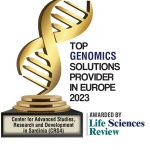 Our NGS Lab has been a pioneer in the use of NGS technology, starting from 2009 with the first sequencers produced by Illumina, two Genome Analyzers. By 2010, we upgraded to three HiSeq2000 sequencers, and later to the HiSeq3000. We have 15 years of experience, dozens of different applied protocols, and have processed thousands of samples of various types and origins.
Our NGS Lab has been a pioneer in the use of NGS technology, starting from 2009 with the first sequencers produced by Illumina, two Genome Analyzers. By 2010, we upgraded to three HiSeq2000 sequencers, and later to the HiSeq3000. We have 15 years of experience, dozens of different applied protocols, and have processed thousands of samples of various types and origins.
Recent acquisitions have led to a technological upgrade of our laboratory, aimed at increasing the accuracy, reliability and production capacity of sequencing data.
The platform is directly interconnected with the HPC resources of the CRS4 computing center, a unique infrastructure in Italy that enables large-scale sequencing projects.
A web-accessible database will be integrated with a LIMS (Laboratory Information Management System) and analysis pipeline management system. The platform is designed to allow facility users to require analyses, perform customized investigations, and organize, consult, and update data related to their projects.
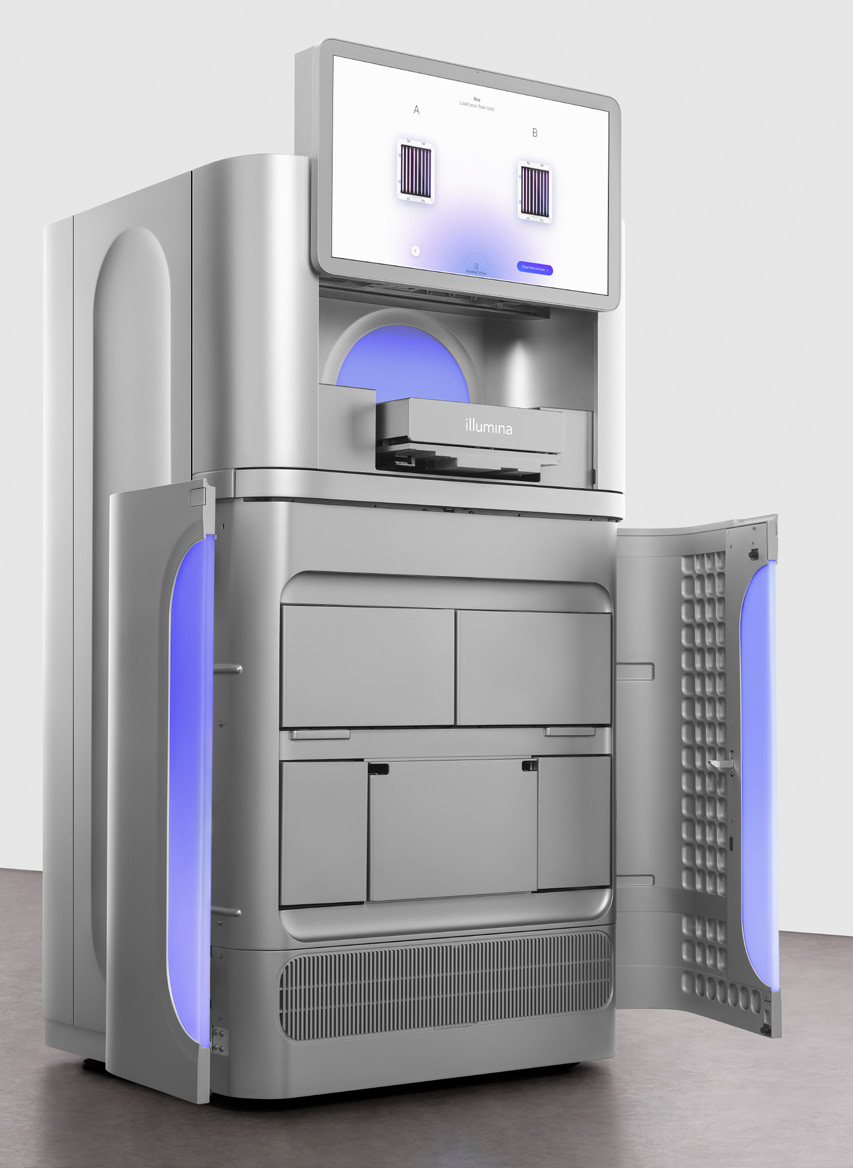
Illumina NovaSeq X Plus
the latest and and most powerful sequencer, with a production capacity of 120Tb/month
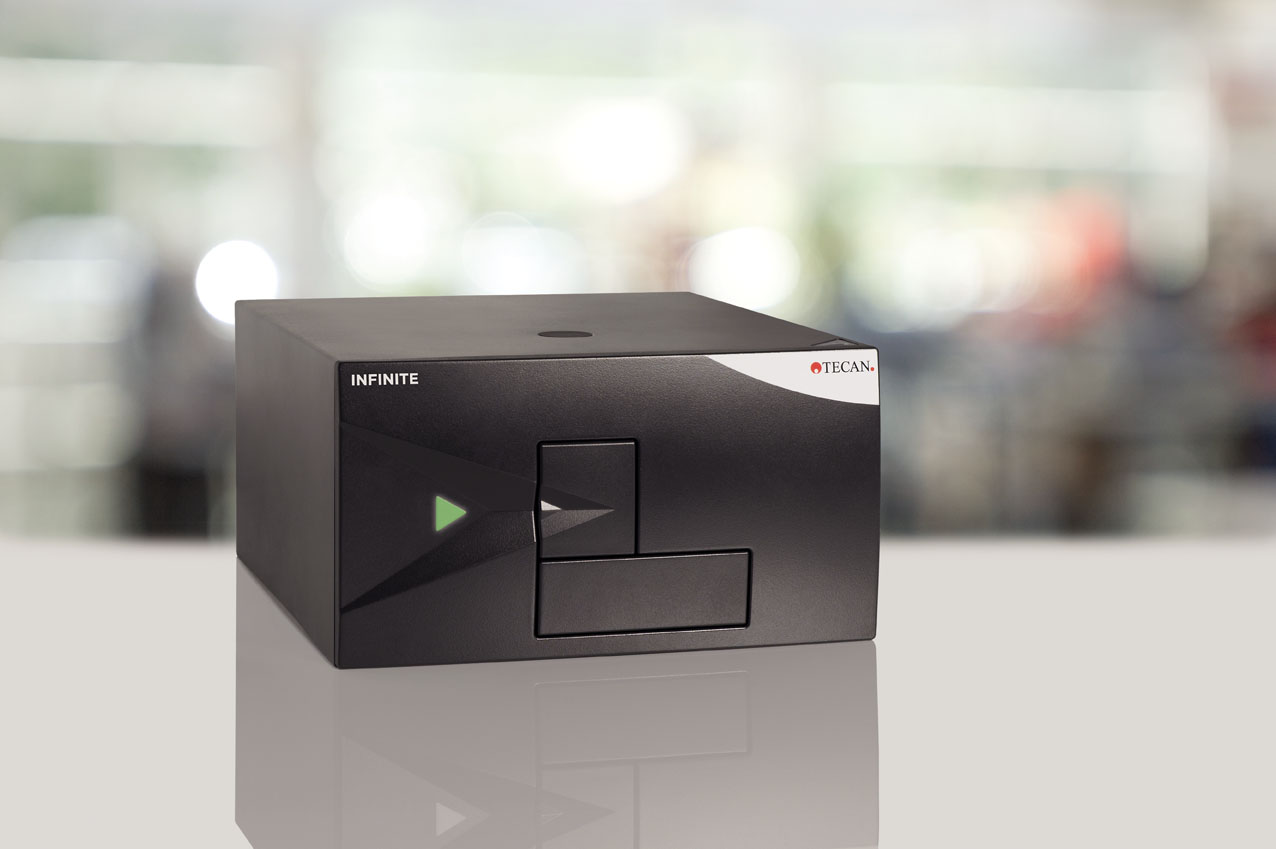
Tecan Infinite 200 Pro
plate reader for fluorometric quantification of nucleic acids and libraries
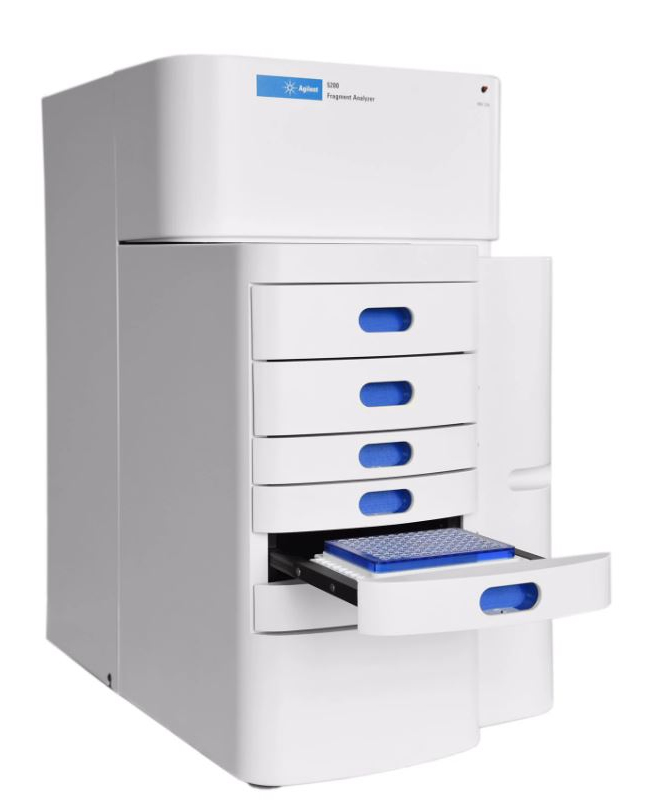
Agilent Fragment Analyzer 5300
Capillary electrophoresis (48 capillaries) for fragment analysis and quality control of nucleic acids

Illumina MiSeq
sequencer for metagenomics, small panels and other custom protocols.
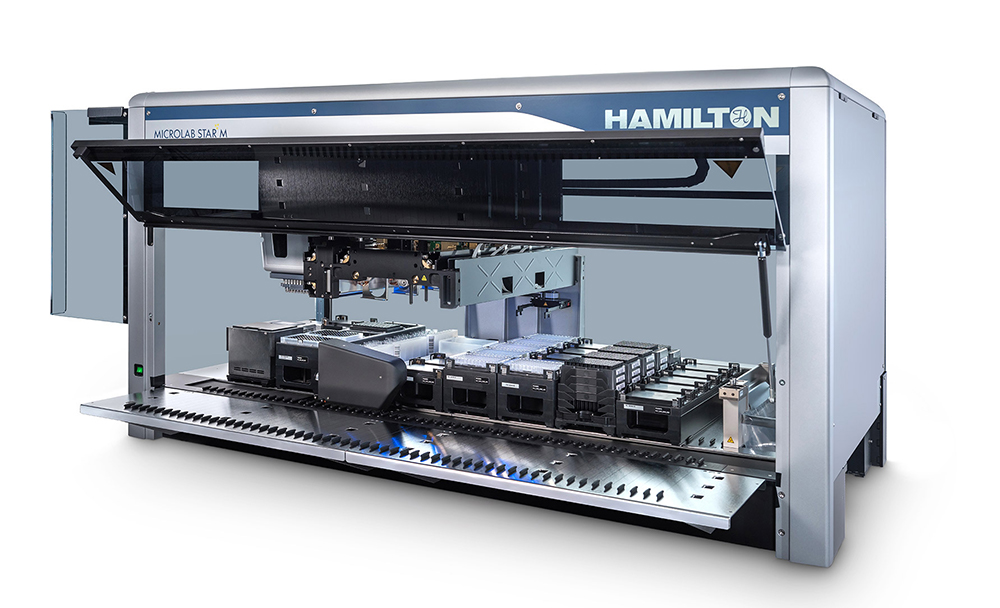
Hamilton NGS STAR
Liquid Handler for Library Preparation with throughputs up to 96 sample libraries processed at once
Areas of interest
Sequencing of the human genome or a set of specific genes for the investigation of a wide range of DNA variations that can be causative or predisposing to disease, or involved in drug response modulation; analysis of the transcriptome (RNASeq) to highlight variations in gene expression; high-resolution HLA gene typing with ambiguity elimination; characterization of the microbiota to identify pathogens; characterization of bacterial and viral pathogen genomes for epidemiological studies or to understand mechanisms of drug resistance and virulence.
Information on the complete genome of multiple animal and plant species enables the selection of more productive and disease-resistant strains and their geographic traceability; analysis of environmental DNA metagenome in agri-food production chains for the detection of contaminating species (viruses, bacteria, fungi and parasites, animals and plants) or identification of pathogens that affect crop or livestock productivity; species authentication for food fraud control; detection of unauthorized GMOs in food products; molecular epidemiology investigations in cases of foodborne illness.
Technology facilitates the discovery of new pathogens (bacteria, viruses, and fungi) regardless of in vitro culture and knowledge of genotypic or phenotypic characteristics; comprehensive genome characterization of specific microorganisms, whether isolated or from a mixed sample; high-throughput screening, useful for epidemiological investigations.
This cutting-edge technology, thanks to its more sensitive and broad-spectrum analysis capabilities, allows simultaneous investigation of a considerable number and types of DNA polymorphic regions for individual identification, inference of phenotypic characteristics (iris color, hair color, skin complexion, height, age, predisposition to baldness, and facial morphology), and geographic origin. Furthermore, in cases where the sample is degraded, the analysis of the complete mitochondrial genome provides useful information for individual identification.
Sequencing of the human genome or a set of specific genes for the investigation of a wide range of DNA variations that can be causative or predisposing to disease, or involved in drug response modulation; analysis of the transcriptome (RNASeq) to highlight variations in gene expression; high-resolution HLA gene typing with ambiguity elimination; characterization of the microbiota to identify pathogens; characterization of bacterial and viral pathogen genomes for epidemiological studies or to understand mechanisms of drug resistance and virulence.
Information on the complete genome of multiple animal and plant species enables the selection of more productive and disease-resistant strains and their geographic traceability; analysis of environmental DNA metagenome in agri-food production chains for the detection of contaminating species (viruses, bacteria, fungi and parasites, animals and plants) or identification of pathogens that affect crop or livestock productivity; species authentication for food fraud control; detection of unauthorized GMOs in food products; molecular epidemiology investigations in cases of foodborne illness.
Technology facilitates the discovery of new pathogens (bacteria, viruses, and fungi) regardless of in vitro culture and knowledge of genotypic or phenotypic characteristics; comprehensive genome characterization of specific microorganisms, whether isolated or from a mixed sample; high-throughput screening, useful for epidemiological investigations.
This cutting-edge technology, thanks to its more sensitive and broad-spectrum analysis capabilities, allows simultaneous investigation of a considerable number and types of DNA polymorphic regions for individual identification, inference of phenotypic characteristics (iris color, hair color, skin complexion, height, age, predisposition to baldness, and facial morphology), and geographic origin. Furthermore, in cases where the sample is degraded, the analysis of the complete mitochondrial genome provides useful information for individual identification.
Our team
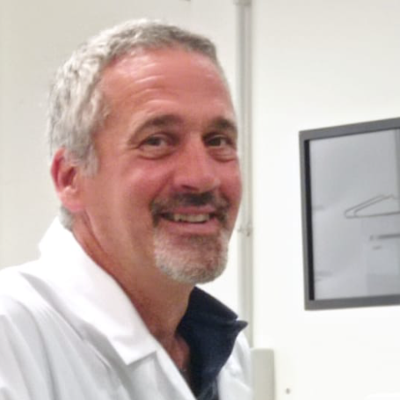
- Next Lab Head -
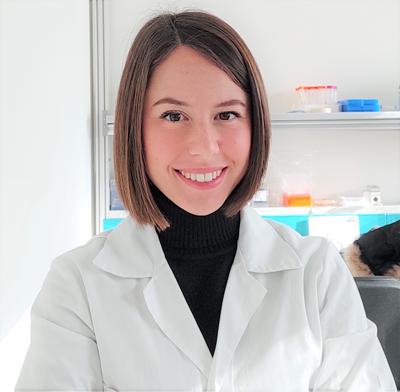
- Researcher -

- Researcher -
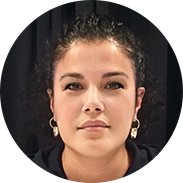
Director of High Performance and Quantum Computing, Biosciences and Advanced Studies
Last publications
Littera Roberto, Cusano Roberto, Giglio Sabrina
Manca Maria Antonietta, Cusano Roberto, Sechi Leonardo
Dattilo Alessia, Ceccarini Giovanni, Scabia Gaia, Magno Silvia, Quintino Lara, Pelosini Caterina, Salvetti Guido, Cusano Roberto, Massidda Matteo, Montanelli Lucia, Gilio Donatella, Gatti Gianluca, Giacomina Alessandro, Costa Mario, Santini Ferruccio, Maffei Margherita
Serra Marina, Cusano Roberto, Kowalik Marta Anna
Grandi Nicole, Cusano Roberto, Rubino Salvatore
For Hospitals, IRCSS, Universities, and other research institutions interested in establishing a collaboration, please send an email to roberto.cusano@crs4.it


